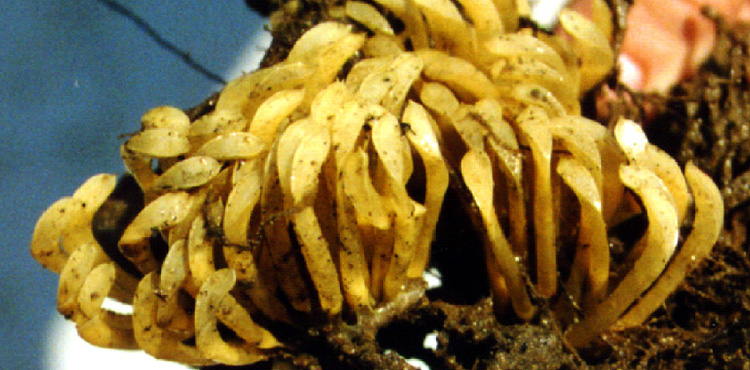Principal Investigator: Roger Mann, Virginia Institute of Marine Science
Years Funded : 2020-2022
Project Description
Rapana venosa (rapa whelk) is a large, long lived, predatory gastropod that is native to the Sea of Japan. It was discovered in Hampton Roads, VA in 1998, arriving via ballast water in coal ships from the Black Sea and eastern Mediterranean. The Molluscan Ecology Program at VIMS enacted a bounty program in collaboration with local watermen ($5 for a live whelk, $2 for a dead shell) to collect rapa whelks. Supported by federal and state grant and contract funds over 22,000 whelks were removed from the lower Chesapeake Bay and its sub-estuaries between 1998 and 2009. This support
ended in 2010.
Rapa whelks have a complex life history that exploits several niches in the Bay, are voracious predators on local shellfish resources, and there is a lack of a local predator to control them for most of their lives. While rapa are caught as bycatch in local fisheries a local market is absent. However, on prolonged exposure to tributyl tin (TBT), an active component in anti-fouling paints for ships as used in the shipbuilding and repair industry in Hampton Roads for over 40 years, female rapa whelks exhibit development of an accessory male penis, a state called imposex with accompanying impaired sexual function. Strangely, the presence of toxic TBT offered hope for control of an invader. That was over ten years ago. Recently Dr. Mike Unger at VIMS has been contracted to revisit TBT sampling in Hampton Roads – the presumption is that of declining concentrations in the sediments. This request is to work in concert with Dr.Unger to revisit sampling for rapa – have populations remined impaired by TBT, have they declined or has (presumed) declining TBT opened the opportunity for expansion of rapa populations in Hampton Roads waters?
Photo: Rapana venosa egg cases, courtesy of Dr. Roger Mann

